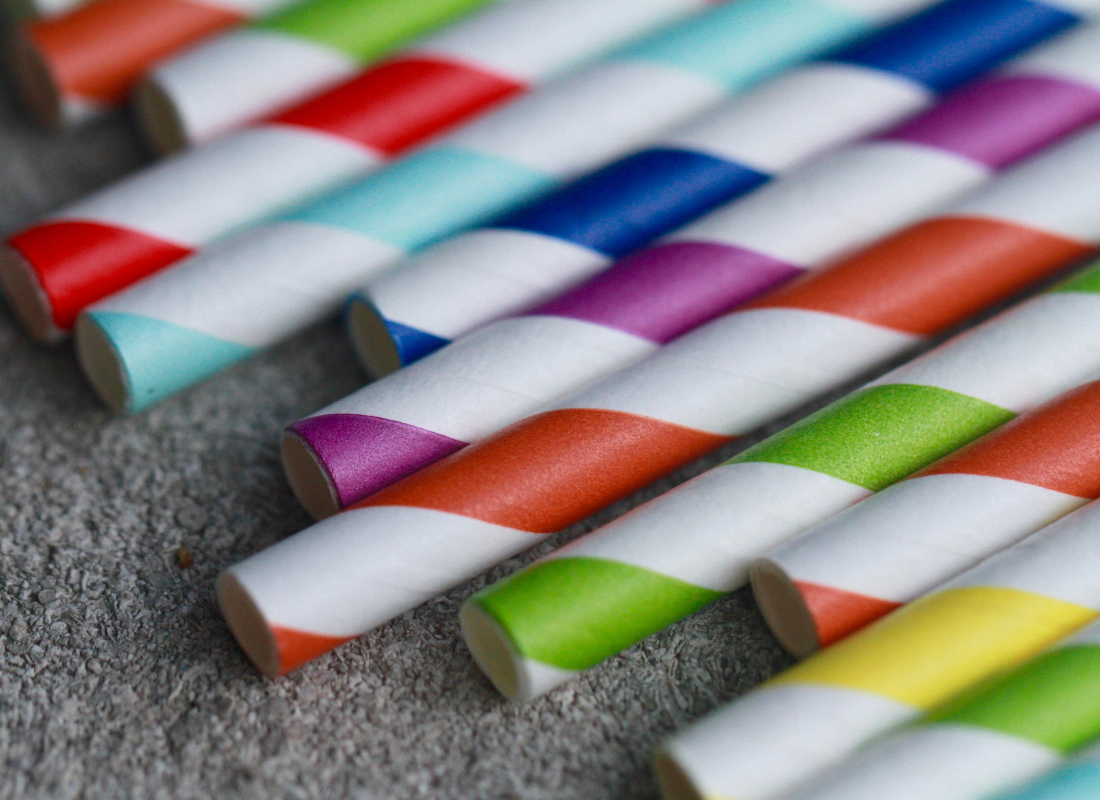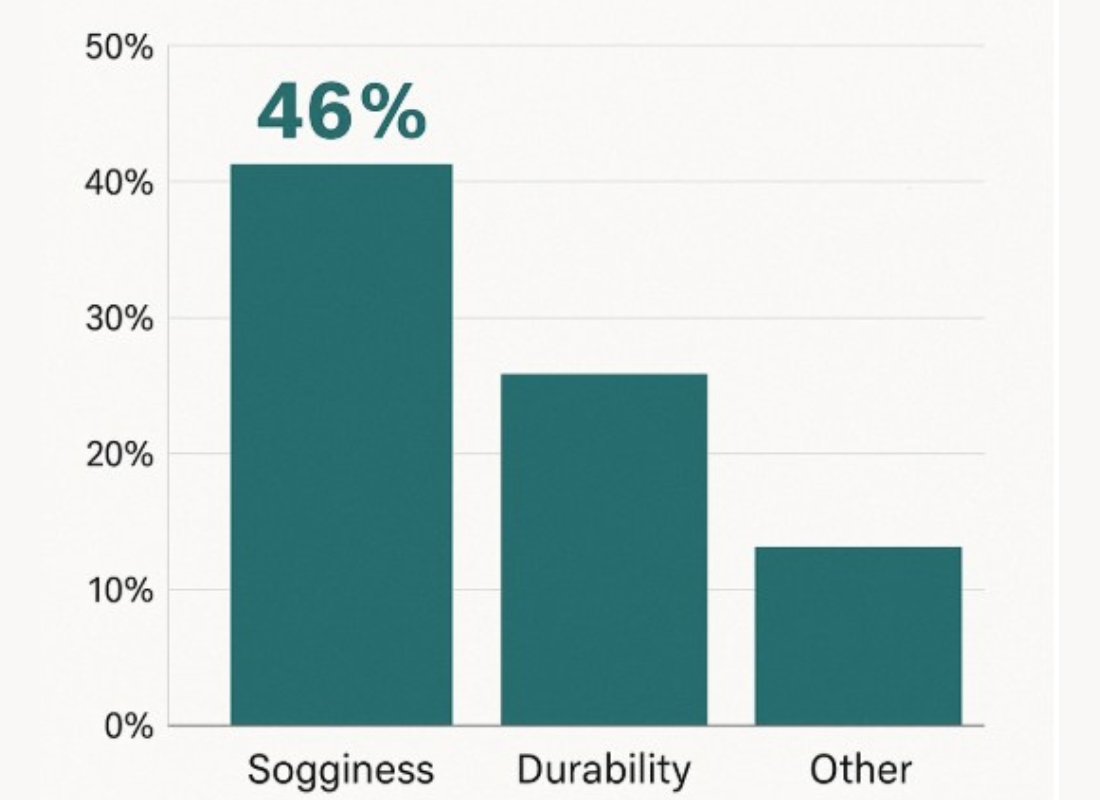
In the luxury hospitality sector, attention to detail is paramount. From the thread count of linens to the presentation of a cocktail, every element contributes to the guest experience. Amidst this pursuit of perfection, sustainability has emerged as a critical focus, leading many establishments to replace plastic straws with paper alternatives. But how significant is this change, and what does it entail for luxury hotels?
 Estimating Monthly Paper Straw Usage
Estimating Monthly Paper Straw Usage
Quantifying the exact number of paper straws used monthly in luxury hotels varies based on factors like hotel size, occupancy rates, and beverage offerings. However, to illustrate, consider the JW Marriott Marco Island Beach Resort in Florida. Before eliminating plastic straws, the 810-room resort, featuring 10 restaurants, used approximately 65,000 straws each month. Transitioning to paper straws likely maintains similar usage rates, adjusted for any changes in guest consumption patterns.
The Environmental Implications
While paper straws are biodegradable and often perceived as more environmentally friendly than plastic, they are not without challenges. A recent market analysis highlighted that over 46% of consumers express dissatisfaction with paper straws due to issues like sogginess and durability, especially in hot beverages. Moreover, paper straws can cost up to 400% more than their plastic counterparts, impacting operational budgets.
 Balancing Guest Experience and Sustainability
Balancing Guest Experience and Sustainability
Luxury hotels must navigate the delicate balance between providing an exceptional guest experience and implementing sustainable practices. While paper straws align with eco-friendly initiatives, they may not always meet guest expectations in terms of functionality. Some establishments have explored alternative materials:
-
Bamboo Straws: Durable and reusable, offering a natural aesthetic.
-
Metal Straws: Sleek and enhancing the premium feel.
-
Rice and Tapioca Straws: Edible, long-lasting and compostable, adding a unique twist to beverages. (https://www.thehappyturtlestraw.com/)
Each alternative presents its own set of advantages and considerations, from cost implications to guest preferences.
Implementing Effective Change
For hotel directors considering or refining their straw policies, the following steps can guide the transition:
-
Audit Current Usage: Assess the volume and cost of straw consumption across all outlets.
-
Evaluate Alternatives: Research and test various sustainable straw options suitable for different beverages.
-
Staff Training: Educate staff on the importance of sustainability and proper usage of alternatives.
-
Guest Communication: Inform guests about the initiative through menus, in-room literature, and digital platforms.
- Feedback Mechanism: Encourage guest feedback to refine and improve sustainable practices.

Conclusion: A Commitment Beyond the Straw
The shift from plastic to paper straws in luxury hotels symbolizes a broader commitment to environmental stewardship. While challenges exist, particularly concerning cost and guest satisfaction, the move reflects an industry-wide acknowledgment of sustainability’s importance. By thoughtfully implementing and communicating these changes, luxury hotels can enhance their brand reputation, meet evolving guest expectations, and contribute positively to global environmental efforts.






